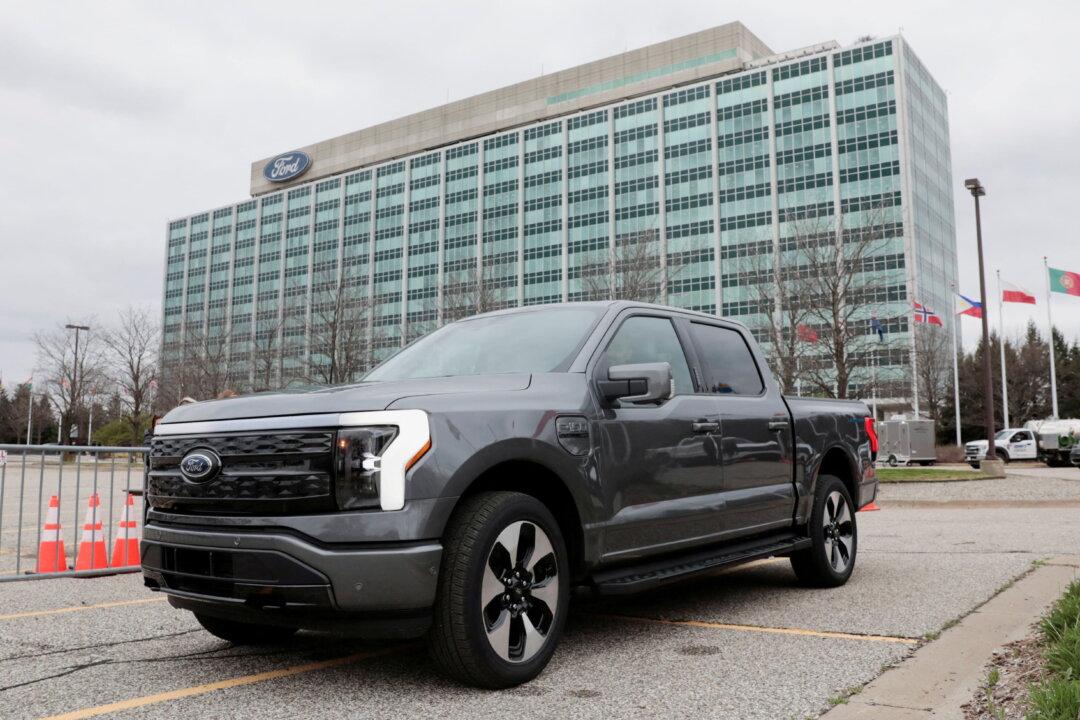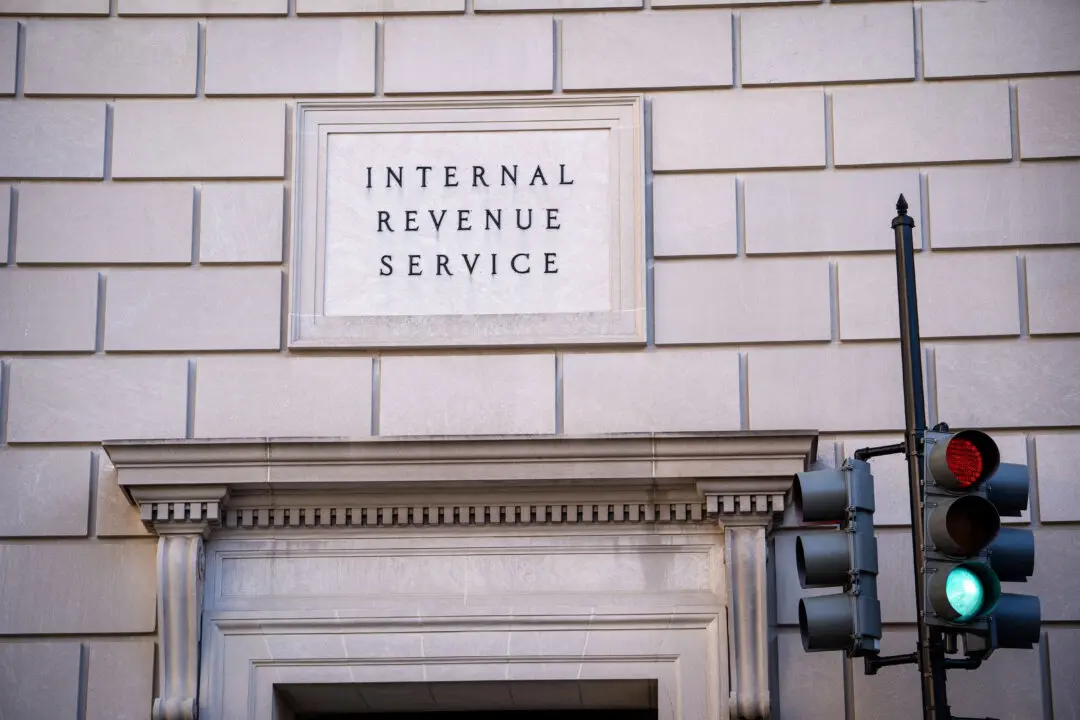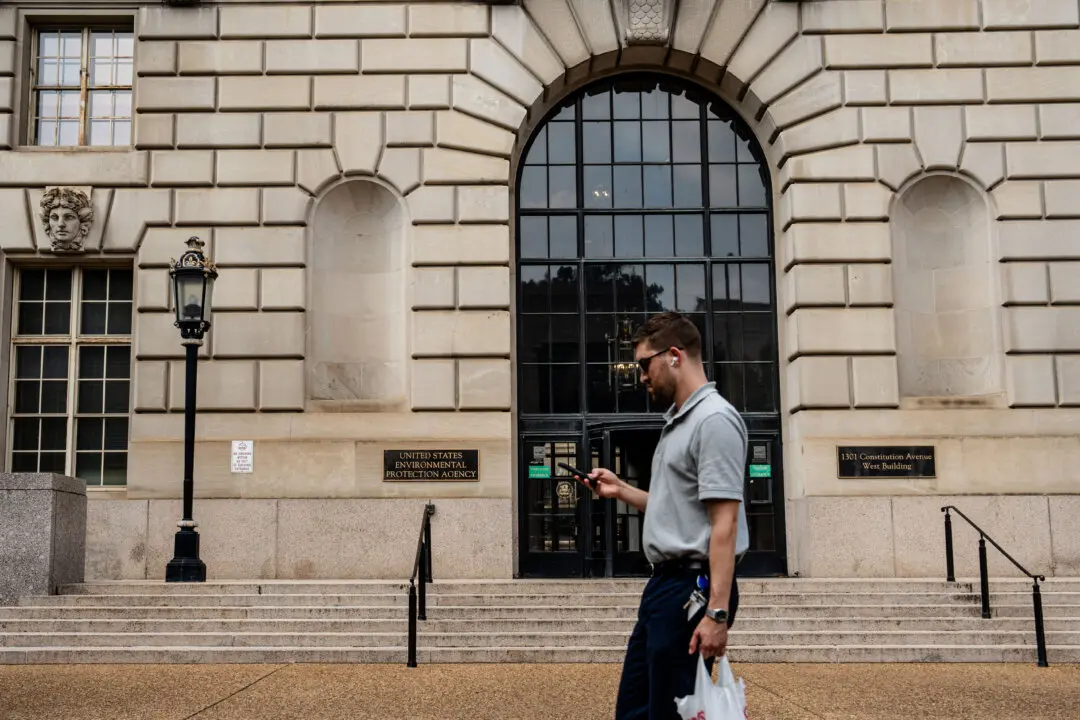The vast majority of all-electric vehicle (EV) models will not be eligible for tax credits of up to $7,500, according to federal rules that come into effect on April 18, which could have a dampening impact on potential car buyers looking to go electric.
Only 16 EVs from four brands are eligible for tax credits if the vehicles are taken delivery by taxpayers on or after April 18, 2023, according to data from fueleconomy.gov, a website run by the Department of Energy (DoE). New rules set by the Department of the Treasury and per the provisions of the Inflation Reduction Act (IRA) mean that most of the 40 EVs that are available in the United States won’t be eligible for tax credits.





